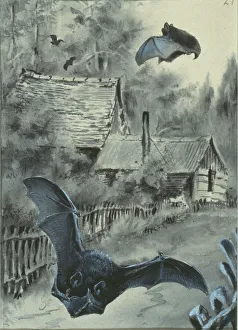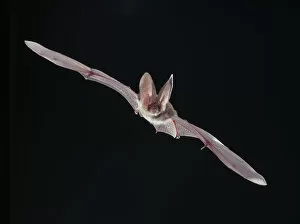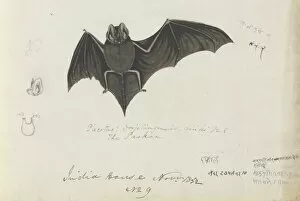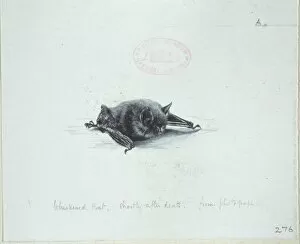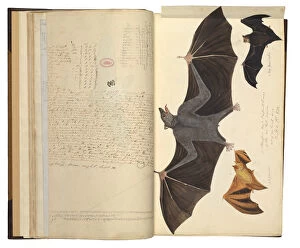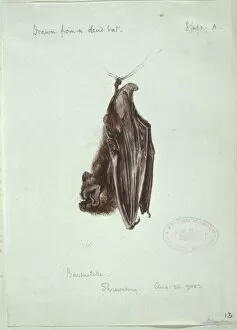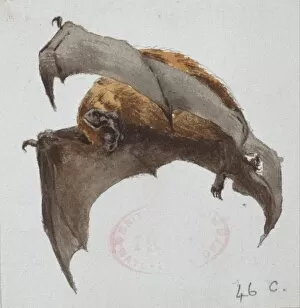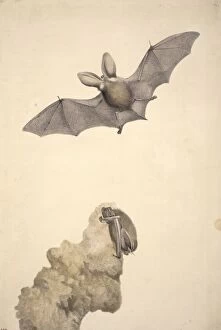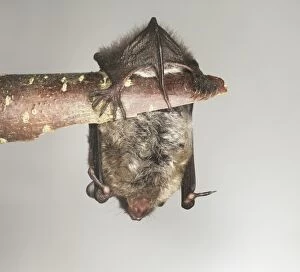Evening Bat Collection
The evening bat, scientifically known as Pipistrellus pipistrellus or common pipistrelle, is a fascinating creature found in various parts of the world
All Professionally Made to Order for Quick Shipping
The evening bat, scientifically known as Pipistrellus pipistrellus or common pipistrelle, is a fascinating creature found in various parts of the world. It belongs to the Plecotus sp. Long-eared bat family and shares its habitat with other species like flying foxes and myotis bats. One of the most interesting facts about the evening bat is its ability to adapt to different environments. Whether it's Pipistrellus pipistrellus, common pipistrelle, or even Sturdees pipistrelle (Pipistrellus sturdeei), these bats have managed to thrive in diverse habitats. Another intriguing member of this group is Plecotus darjilingensis, also known as paskan. Its skull and stomach provide valuable insights into its diet and feeding habits. In addition to these species, there are others like Myotis mystacinus (whiskered bat) and Barbastella barbastellus (western barbastelle) that share similar characteristics with the evening bat. When it comes to their behavior, some bats like Nyctalus noctula (common noctule) are known for their impressive flight skills during nighttime activities and can be spotted soaring through the skies in search of food or shelter. A particularly captivating sight is witnessing Southwestern Myotis (Myotis auriculus) in flight after taking a drink from natural water sources. These moments captured in places such as Chiricahuas within Coronado National Forest in Arizona showcase the beauty of these creatures against stunning North American landscapes.

